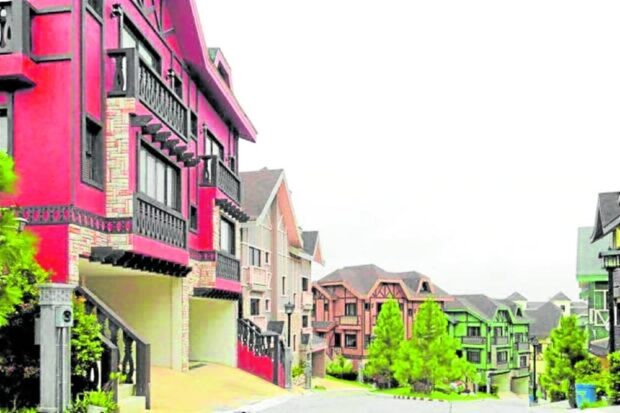The refreshing trend of leisure townships
Typical suburbs and mixed-use developments have traditionally dominated the landscape of real estate development in the Philippines.
While these models have served their purpose in the past, they are now facing challenges in meeting the evolving preferences of homeowners and investors. The modern Filipino seeks more than just a house or a commercial space. They also seek a lifestyle, a sense of community, and a connection with nature.
This shift in preferences is driving the need for a new real estate development model. The traditional models, which focus on maximizing space utilization and providing basic amenities, need to be revised. Homeowners and investors are now looking for developments that offer a holistic lifestyle, integrating residential, commercial, and outdoor recreational facilities within a single community.
The aspirations of living with nature
The aspiration to live harmoniously with nature is becoming increasingly prevalent among Filipinos. Leisure township developments offer a unique lifestyle that combines the convenience of urban living with the tranquility of the countryside. The allure of a more relaxed countryside ambiance, with its lush landscapes and serene surroundings, is becoming an irresistible draw for many investors.
One of the main reasons leisure township developments is now becoming increasingly popular is the desire for a tranquil, natural lifestyle. These constructions offer occupants a close relationship with nature while preserving and enhancing the surrounding environment. They provide a break from the rush of city life, allowing locals to enjoy the peace of the countryside without giving up the comforts of metropolitan living.
Article continues after this advertisementRise of leisure township developments
Leisure townships are integrated developments that blend homes with open landscapes within a single, self-contained community. The clever approach to real estate development is gaining traction in the Philippines, particularly in scenic locations like Batangas, Tagaytay, and Baguio.
Article continues after this advertisementFrom young professionals looking for a work-life balance to retirees seeking a tranquil haven, these developments draw a wide variety of inhabitants. These townships’ integrated design also creates opportunities for various business ventures, from restaurants and retail shops to spas and sports venues. As a result, a lively and dynamic community can meet the varied requirements and interests of its residents.
Design features and benefits for the Philippine Setting
Leisure townships in the Philippines might include architectural elements that pay homage to the nation’s rich cultural heritage and tropical location.
For instance, broad windows and high ceilings can be used in home design to encourage natural ventilation and lessen the need for airconditioning. Native plants and trees beautify outdoor areas, bringing shade and increasing biodiversity.
These design elements assist in the sustainability of the developments and the well-being of the people, in addition to improving their aesthetic appeal. They foster a natural living environment that supports a balanced and healthy existence. They also give Filipinos a sense of identification and belonging by reflecting the country’s distinctive cultural history.
Looking ahead, Philippine developers can adopt international design ideas to enhance the appeal of leisure townships. For example, they can draw inspiration from tropical architecture, emphasizing harmony with nature and sustainability. They can also incorporate elements of modern design, such as open floor plans and themed aesthetics, to cater to contemporary tastes.
The author (www.ianfulgar.com) is one of the leading architects in the Philippines who assists local and international clients in enhancing hotels, condominiums, museums, and commercial and mixed-use township developments with distinctive and forward-thinking design specialties for the real estate industry

